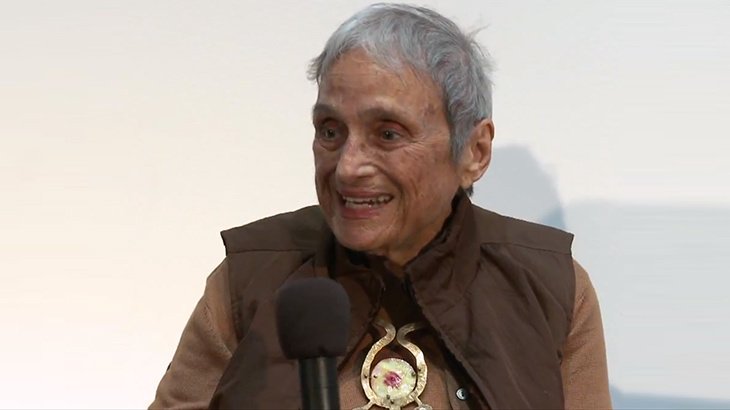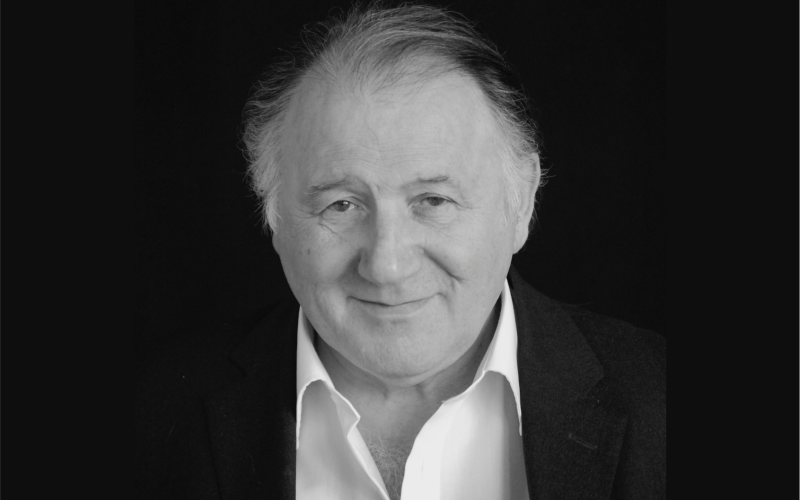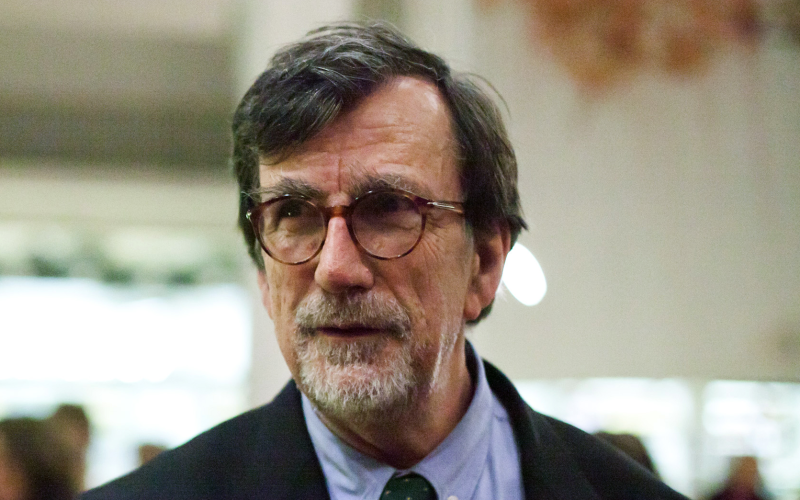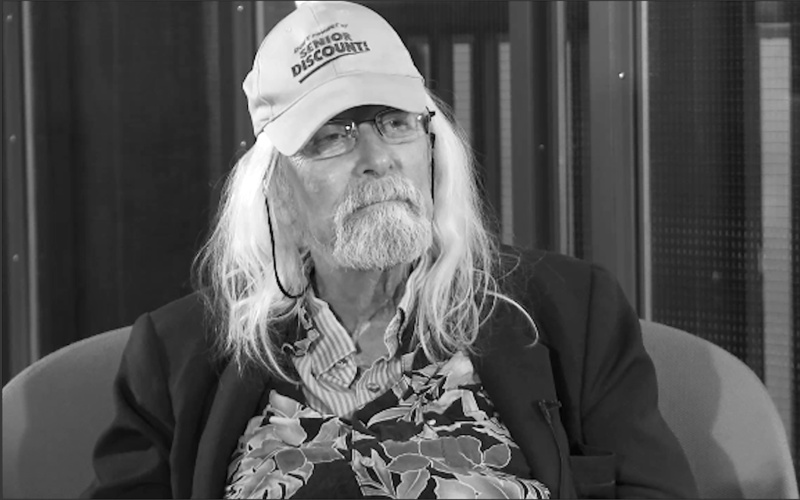In Remembrance of Channa Horwitz (1932–2013)
“I chose to limit my options to the notation of movement. In this way, I was able to acquire more experiences. (...) too many options inhibit experience freedom. However, limiting one’s options facilitates the experience greater freedom”,
observed Channa Horwitz in an artist’s discussion on March 18, 2012. This discussion formed part of the exhibition “Moments. A History of Performance in 10 Acts” held at the ZKM | Museum of Contemporary Art.
Born in 1932 as a native of Los Angeles, the concept and performance artist began developing minimalist, graphic notation systems during the 1960. These systems enabled the visualization of time, rhythm and movement in countless variations. Channa Horwitz passed away, at the age of 80 years, in Santa Monica / California, on April 29, 2013.
Channa Horwitz studied at the Art Center School of Design in Pasadena, from 1959 to 1952 and at the California State University in Northridge from 1960 to 1963. She received her Bachelor of Fine Arts at the California Institute of the Arts in 1972, where, among others, she had come into contact with Allan Kaprow. In her works, Channa Horwitz researched the boundaries between art, mathematics and the sciences. Since 1968, Channa Horwitz created complex kinetic sculptures as well as a graphic notational system based on the principles of deductive logic, which she called Sonakinatography. The compositions thus produced may be read as graphic diagrams, musical scores or choreographic notations, and constitute the foundation for multimedial performances. She described Sonakinatography as visual philosophy and as language comprehensible to all the arts. Horwitz understood the structure underlying all her works not as a limitation, but as the basis of freedom and the potential of infinite variation.
In spring 2012, Channa Horwitz spent several days at the ZKM as guest and as participant of the internationally acclaimed exhibition “Moments. A History of Performance in 10 Acts”, in which numerous works by ten artists from the first generation of the performance scene were presented. For the first time after many years during which she lived in relative seclusion in California, Channa Horwitz’s works were presented in a large-scale exhibition context at the ZKM. It is with a sense of great sympathy that we know learn of her passing.
Text: Andreas Beitin



